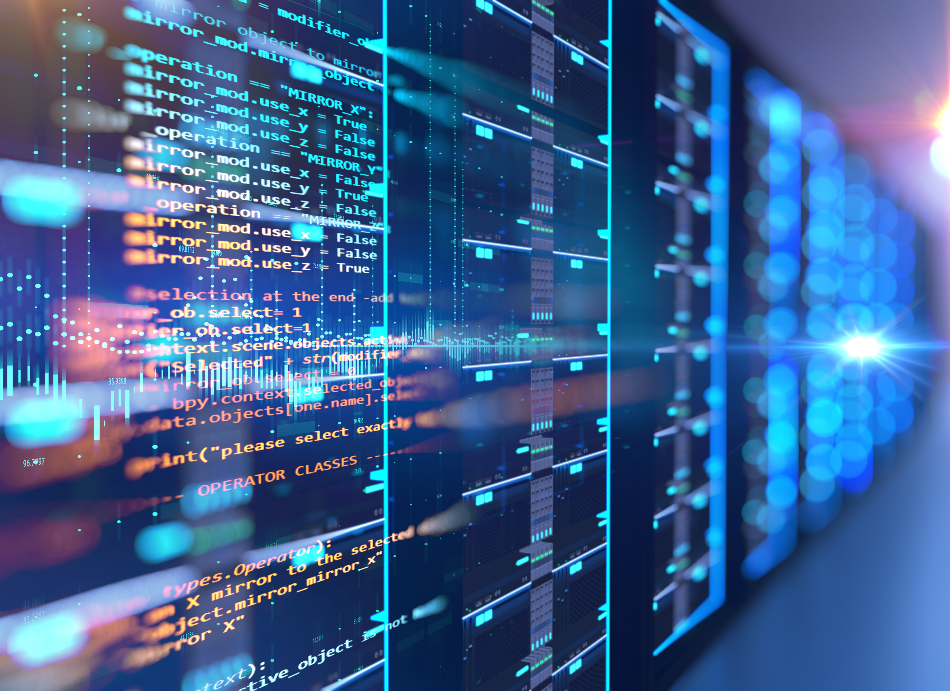
whiteMocca / Shutterstock
The mining industry is falling behind other global sectors in terms of its adoption of technology. Companies have been reluctant to digitize their operations not only because of the cost of making drastic changes to their processes but also because the complex nature of mining operations makes any overhaul to methods a difficult and time-consuming process.
Therefore, many mining processes have remained almost the same for decades. However, mining companies are beginning to recognize the value and competitive edge that digitization could offer their companies, with software being developed to help plan and optimize operations, automate processes, enhance safety and security and cut the costs of overheads.
To support this shift, software has evolved to support mining operations in all the different areas where digitization is beneficial. Software is now available for areas such as planning and design to the management of operations covering all areas of mining operations.
Early Mining Software
The use of computers to aid the mining industry wasn’t established until the 1970s. While there had been applications available previously, the adoption of these technologies was very limited. The 1970s, however, saw a widespread implementation of computer systems with the capabilities of aiding both exploration and mining geology. These were the first established applications for computer software systems in the industry.
Once the software was commonplace, the development of its use in two applications proved to be particularly influential. Software to develop models for drill hole exploration and software to conduct operations researching an order to conceptualize and organize exploration.
Further to this, significant steps were made in the development of software systems that could analyze data from minerals. Much research went into developing these applications, resulting in computer systems that could handle quite complex analysis. Also, developments were made in the areas of geochemistry and geophysics allowing for software capable of organization, display, and interpretation of this data.
By the early 2000s, there were already many software systems available to help integrate geological assessment alongside mine planning and design, and by 2005 software had the capability of generation of survey, assay databases, stratigraphy, drill hole and bench compositing, contouring, 3D surface generation, 2D and 3D log sectioning, cross-sectioning, 3D ore body modeling, designing of open pit, volume, and reserve estimation and economic valuation.
Current Software Capabilities
Modern-day mining software has evolved to the point where it can offer mining companies game-changing capabilities.
Spatial data visualization has been developed that can help mining workers gain insight on how to reduce operational costs and reduce their environmental impact. The advent of three-dimensional modeling enables workers to reimagine the mine more efficiently, highlighting interrelated issues. Virtual Reality has also been developed in this field, allowing users to plan a mine without actually being in the physical space. Also, augmented reality can be used to train new staff, and therefore reducing boarding costs.
Geographic information systems are another area of software development impacting the mining sector. It provides an essential tool with the capabilities of looking at how geographic relationships impact the world around us. With this technology, workers can solve real-life issues where the factors of location and accessibility are essential.
Artificial intelligence presents a large area of potential growth for mining companies. It supports the easy and fast location of minerals, as well as making operations safer and more cost-effective through the use of autonomous vehicles and drills.
Software supporting the use of automated drones in the mining industry allows for the cost-effective and efficient completion of the following tasks: Safety and surveillance in hazardous areas, asset management, time-lapse photography, measuring stockpile inventory, infrastructure upkeep, and inspection and site mapping.
As digitization becomes more commonplace in mining companies, we can expect software capabilities to evolve further, and make operations more efficient, cost-effective, safe and environmentally friendly.
Source
Disclaimer: The views expressed here are those of the author expressed in their private capacity and do not necessarily represent the views of AZoM.com Limited T/A AZoNetwork the owner and operator of this website. This disclaimer forms part of the Terms and conditions of use of this website.